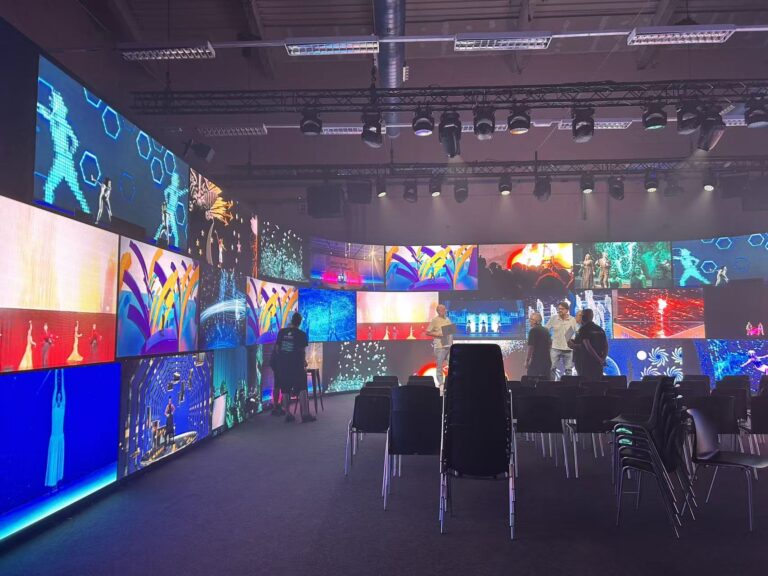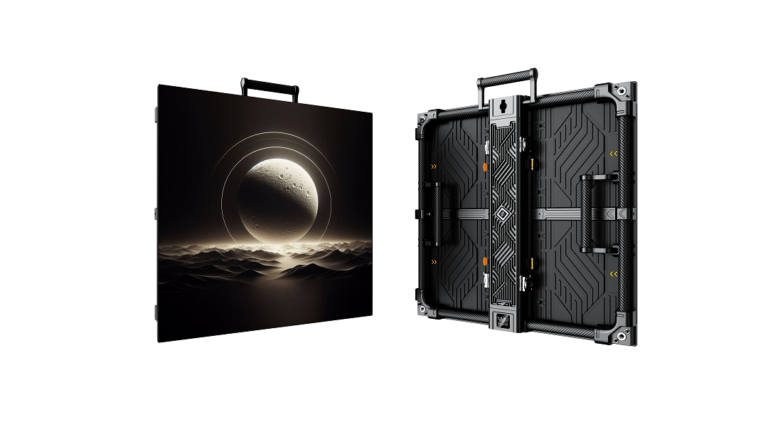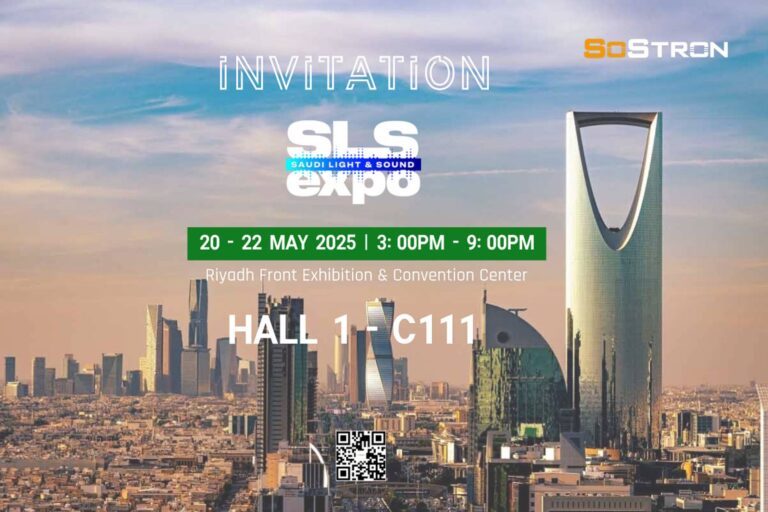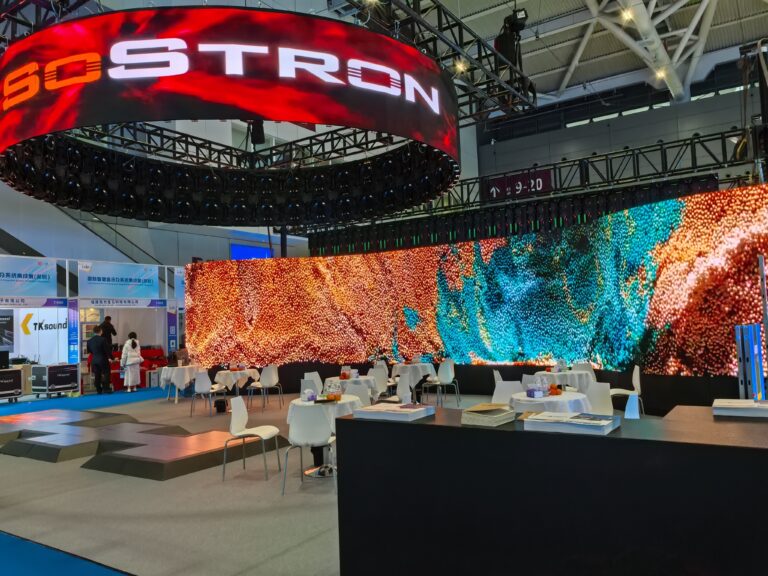Table of contents
What is display technology
How many display technologies are there?
What is the principle of display technology
What is display technology
Display technology refers to the technology used to display images, text, and video on a screen or display panel. It involves the process of converting electronic signals into visible light or color to produce visual information.
How many display technologies are there? What is the principle of display technology?
The following are 6 common display technologies and their principles
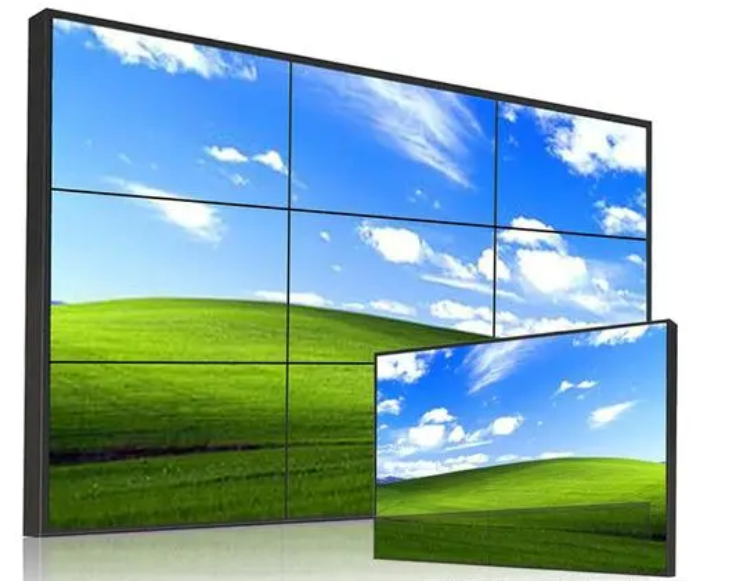
Liquid crystal display technology (LCD): Liquid crystal display technology uses liquid crystal materials to control the transmission and blocking of light to achieve image display. It usually includes components such as liquid crystal layer, glass substrate, backlight and drive circuit. Liquid crystal is a substance between a liquid and a solid. Its molecular structure can change the direction of light propagation through the action of an electric field. Liquid crystal displays usually consist of a liquid crystal layer, a glass substrate, a backlight and a drive circuit. The backlight emits light, which is controlled by the liquid crystal layer and finally passes through the color filter on the glass substrate to form a visible image. What is the difference between LED and LCD?
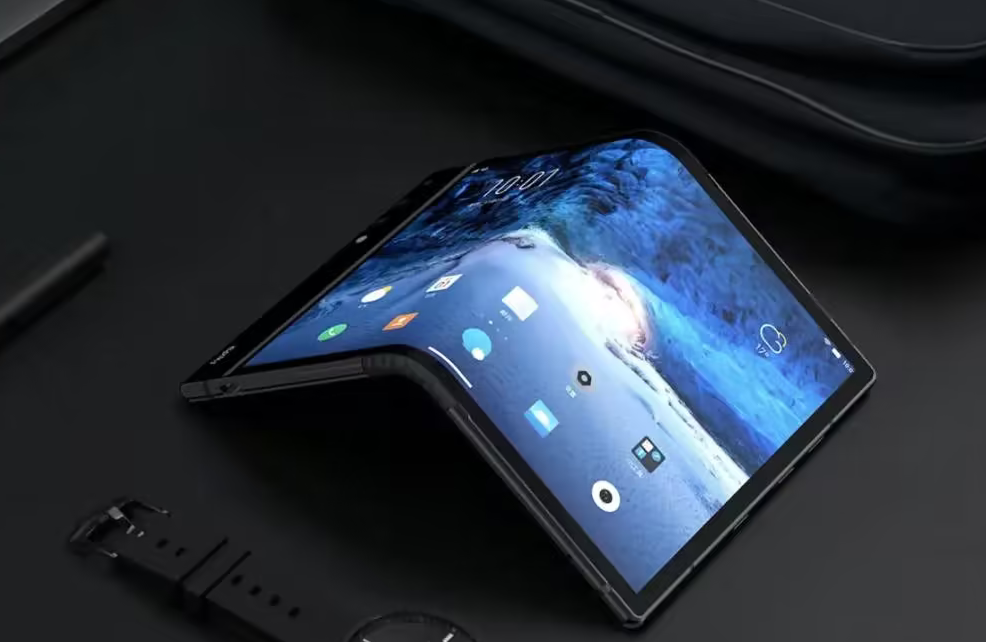
Organic light-emitting diode display technology (OLED): OLED uses organic light-emitting materials to emit light directly when current passes through it, without the need for a backlight. It features self-illumination, high contrast and a wide viewing angle range. Each pixel of an OLED display is an independent light-emitting unit. When current passes through, the organic light-emitting material undergoes electroluminescence and produces visible light. OLED displays are typically made of flexible organic materials that can be bent, rolled and folded. By controlling the size and color of the current, the luminescence and color changes of the pixels can be achieved.
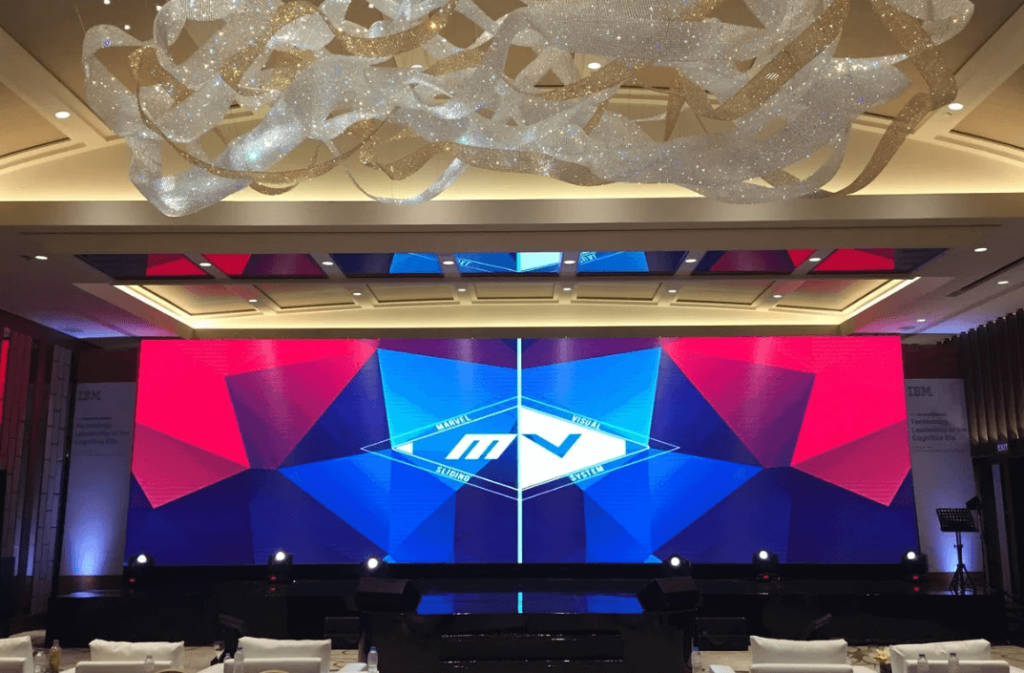
LED display technology (LED): LED display technology uses light-emitting diodes as light sources to achieve display by controlling the brightness and color of the LED. LEDs have the advantages of high brightness, durability and high energy efficiency. A light-emitting diode is a semiconductor device that can directly convert electrical energy into light energy. In an LED display, LEDs are arranged into pixels, and each pixel is composed of a combination of red, green, and blue LEDs. By controlling the brightness and combination ratio of LEDs of different colors, various colors of light can be produced and image displays can be formed. DLP, LCD, LED which type of display effect is most suitable for you?
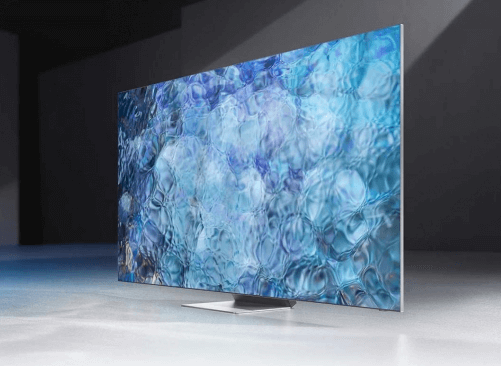
Plasma display technology (PDP): Plasma display technology achieves image display by generating plasma of charged particles in the pixel unit to emit light. It is usually used in large size monitors and TVs. In a plasma display, each pixel cell contains a tiny enclosed space containing rarefied gases such as neon and argon. By applying a high voltage, the gas is activated and creates a plasma, and the impact of the plasma causes the fluorescent material to glow. By controlling the combination of voltage and fluorescent substances, visible images can be formed.
Projection display technology: Projection display technology displays images by projecting light onto a screen. Common projection display technologies include LCD projection, DLP (Digital Light Processing) projection and laser projection.
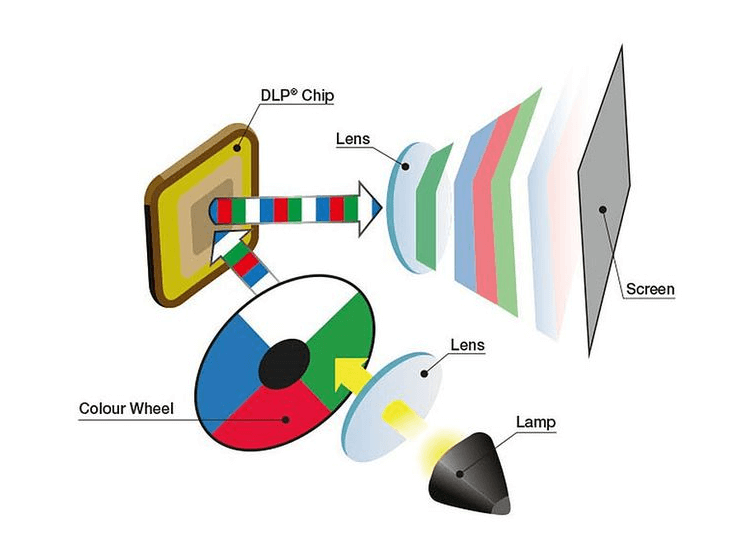
Quantum dot display technology (QLED): Quantum dot display technology uses the luminescent properties of quantum dot materials to achieve high brightness and wide color gamut display effects. It has advantages in color performance and contrast.
These are common display technologies. Each technology has its own unique principles, structures and characteristics, and is suitable for different application scenarios and needs. As technology continues to develop, new display technologies and improvements may also emerge.


